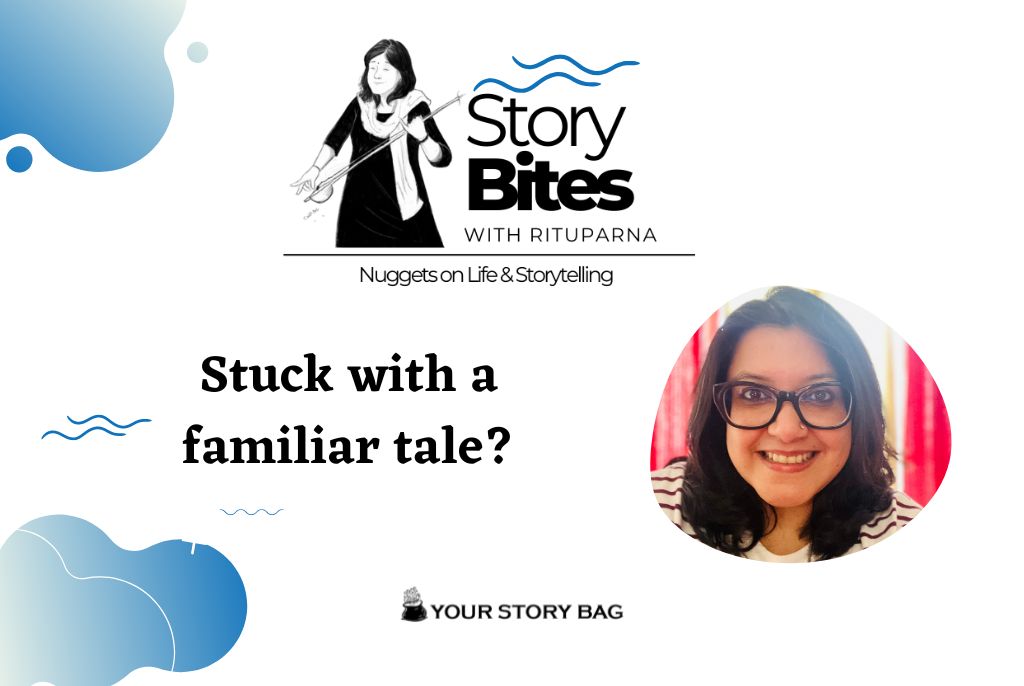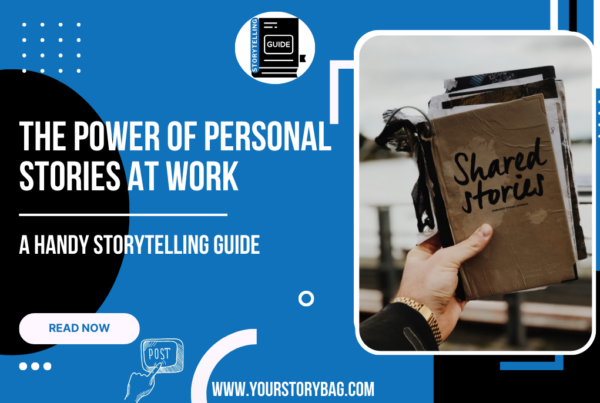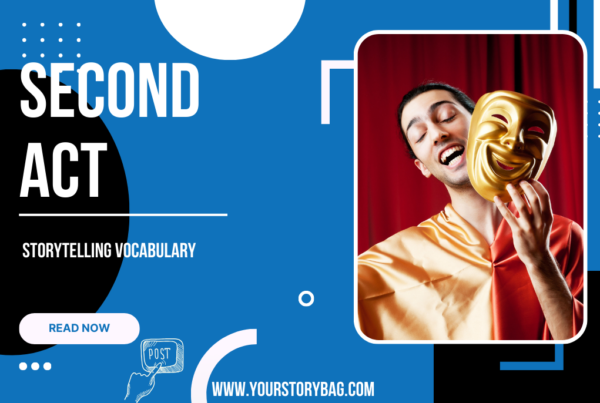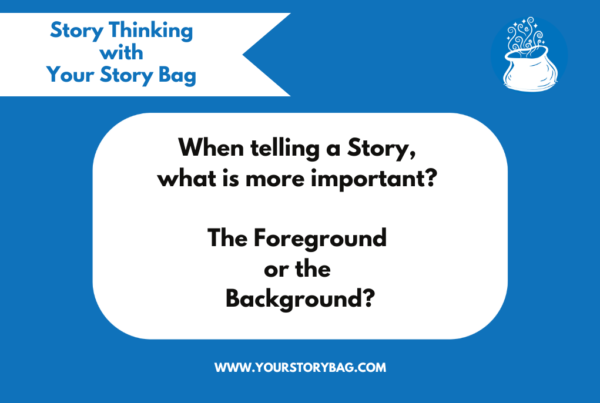
If I can get stuck with a song that I have been singing for a decade, you can get stuck with a story that you have been telling too! When a story is too familiar, you are vulnerable to the risk of complacency! The more the familiar the story, the more your brain tells you, “You can do this without prep!” The more you do that, the more you risk it failing. So the trick is to trick your brain out of its comfort zone! Innovate every time you tell the story.
Wait! Before we go ahead, let’s look at some stories that you may be telling again and again…
- In an interview, it could be a story outlining your career graph
- For an entrepreneur, it could be a product story
- For a business leader, it could be the company value story
- For a teacher, it could be that ONE story that she has been using to teach a concept
- To a performance storyteller, it could be the most favourite story in one’s repertoire!
(Pssst…for me it’s Hippo!)
Retelling a familiar story in a fresh and engaging way requires creativity, and reinvention often comes from shifting perspectives, altering formats, or introducing novel elements. Here are three innovative storytelling strategies to revitalize a familiar narrative:
1. Change the Perspective
Retelling a story from a different character’s point of view can provide fresh insights and emotional depth. Shifting perspectives allows the storyteller to explore new facets of a familiar plot by focusing on previously overlooked characters or aspects.
Example:
As an entrepreneur, tell your product story from the eyes of your customer. Craft the story from the customer’s perspective and show how the product is designed to solve a problem. As a performance storyteller, a change in perspective works with a story that your audience is familiar with. What if you told Ramayana from the eyes of Ravana?
2. Alter the Time or Setting
Transporting the story to a different time period or setting can lead to unexpected twists and creative interpretations. This technique can emphasize the universality of themes while injecting new cultural or historical layers into the narrative.
Example:
When telling the story of your career, juxtapose the many versions of you to tell a story of who were you at the start of your career and how you’ve grown. It would sound like a ‘Then & There’ and a ‘Here & Now’ version of you.
3. Play with Storytelling Formats, Multi-media or Technology
Reinvent a story by using sound, audio-visuals and / or role play. Use stories from news, cinema or social media to anchor your story in the world.
Example:
As a teacher keep an eye on current affairs and events happening around you. Chances are that you are surrounded by the concepts you teach. Use a current-event or a historical one, share a news article or refer to a film clip, use contemporary storytelling to teach your concept. A business leader looking to adopt a new strategy may also refer to business cases, current affairs and stories from competition!
I hope you try and test these strategies. Have fun with stories, keep the original narrative intact, offering an exciting way to engage both new and existing audiences.
Nibble into this idea in Story Bites with Rituparna and share it with someone who needs it.
#StoryBites is a series that spark conversation, thoughts, ideas about life & storytelling.
What’s unique in here, is that there is a story / anecdote tucked in to spark all of the above.






